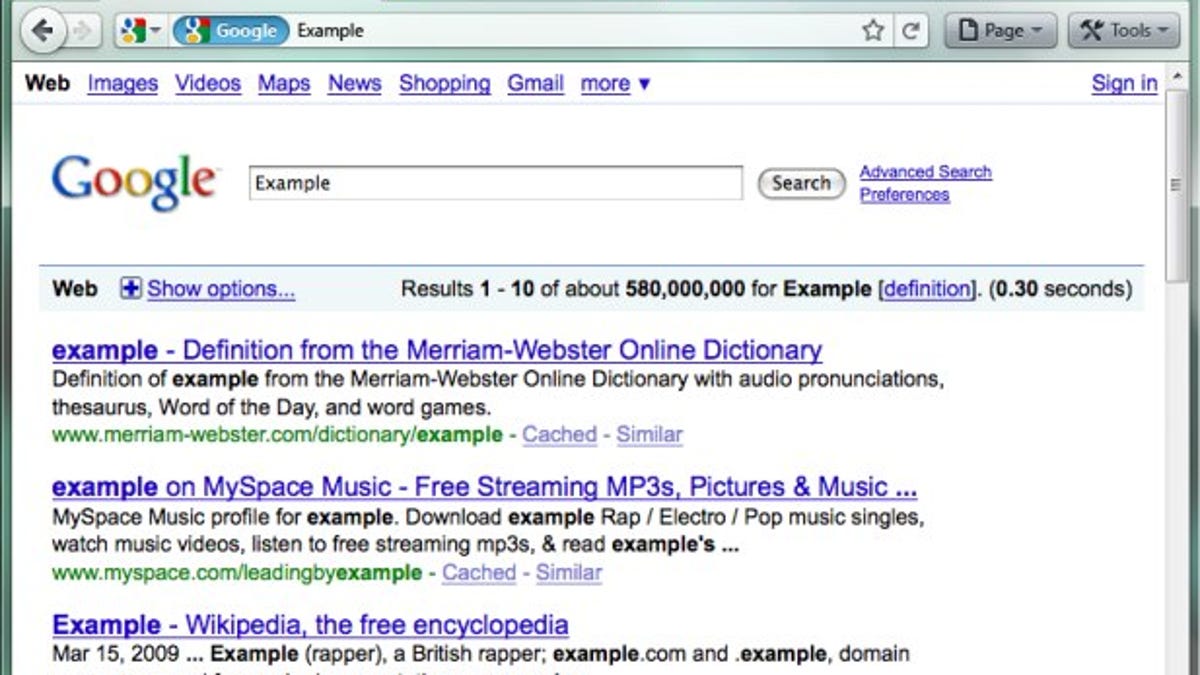Design ideas show Firefox 4.0 with a Chrome look
A Mozilla mockup for Firefox 4.0 raises the possibility of a very Chrome-like interface for the browser.

Mozilla has released mockups that show how Firefox 4.0 conceivably might look, and two words spring to my mind: Google Chrome.
Last week, Mozilla showed some mockups for the nearer-term Firefox 3.7 that eliminated the browser's title bar, replacing it with two drop-down menu buttons on the right, just like Chrome has had since its September 2008 debut. The Firefox 4.0 mockups show two options, one similar to the 3.7 ideas, and the other taking another step in the Chrome direction.
Specifically, the second Firefox 4.0 mockup shows the browser tabs on top where once there was a window title bar. That's the same approach that Google picked with Chrome, a view of which you can see below.
Mozilla is looking for comment on the designs, which, the browser developer takes pains to note, are "for brainstorming/exploration" and aren't final.
Of the "more contentious Tabs-on-Top concept," Mozilla says advantages include that it saves vertical space and removes visual complexity. On the flip side, it's different, and moving user interface elements confuses people. Also on the negative side, the missing title bar means people see only a truncated Web page title in the tab.
For Firefox, putting tabs on top meshes conceptually with Electrolysis, aka Content Processes, an under-the-covers change that will make each tab a separate computing process. That carries potential performance, stability, and security advantages, but requires more memory.
The Firefox 4.0 mockups also show a combination button to the right of the address bar that changes behavior depending on what the browser is up to. The button can be used to start loading a page whose address has been typed, to stop loading if it's in the process of doing so, and to reload it if it's finished loading.

